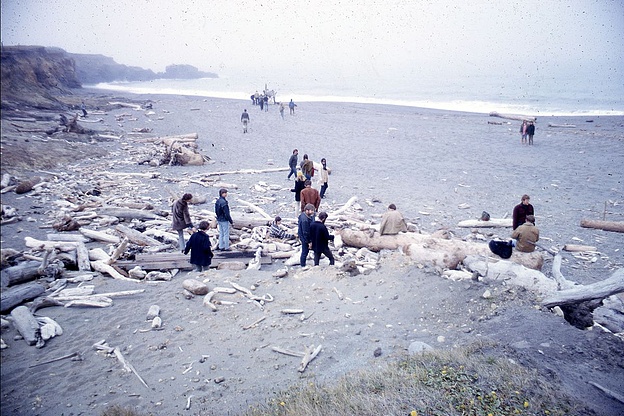
Collective practices exist within all societies and share a rich heritage throughout the fields of arts, politics and sciences. Nowadays, they are qualified by terms like participation, group, collectivity, ensemble, collaboration, mutualisation, community, cooperation, sharing, assembly, commons and network. Often reduced to strictly human activities, they are performed with or by non-human entities–such as pets, viruses, smartphones or artificial intelligence.
Collective Practices is an intensive one-year research course (one-year, full-time). In the course, the term collective is considered primarily as a practice: exercises, habits, protocols and attitudes realized on a regular basis. The course trains the students to “put on the glasses” of the collective and to compose together their knowledge to better understand the complexity of societal issues. To do so, students learn, teach each other and experiment with collective practices that reflect on ownership, governance, environment, technique, discrimination, attention, and knowledge, and contribute to build a more diverse and sustainable society.
The course is led by Grégory Castéra, curator and director of Council (Paris), and co-editor of The Against Nature Journal. Collective Practices is a Post-master by the Royal Institute of Art developed in collaboration with Council.
SYMBIOTIC ORGANISATIONS
Collective Practices II: Symbiotic Organizations will inquire about the application of symbiotic practices and models to cultural organizations. Often opposed to a narrow interpretation of Darwinism that considers evolution of species as a fight of everyone against each other, symbiosis (from Greek σύν, « together », and βίωσις, « living ») is a close and sustainable interaction between organisms in order to survive. Since the end of the 19th Century, the development of societies has followed this scientific controversy. Whereas competition and individualism became dominant values of art and culture over the 20th Century, symbiosis inspires more caring, diverse, cooperative and sustainable practices and models in various fields.
Through collective learning and experimental field work, the students will develop proposals on symbiotic cultural organizations. These proposals will be presented in June 2022 through an exhibition, an event, a publication, or any hybrid format.
COURSE STRUCTURE
The course is organized around principles of mutual learning, regular practice, holding space for each other and site-specific trans-disciplinary experimentation. It is divided into 10 mandatory blocks of 5-10 days. Between the blocks, weekly sessions happen online (3-5 hours per week), and the students independently develop their work. They can share a desk in the course’s office and they can use the school facilities.
The course articulates 3 organs.
Commissions: experimental field work around one cultural organization over one year
Studio Practice: a regular training with practices from culture field that use the collective as a medium
Seminars: mutual learning about key concepts, genealogies and case studies
The 3 organs include collective readings, exercises and training, lectures and workshops, group and individual supervision, site visits and study trips, and public events.
Collective Practices II: Symbiotic Organizations is a project by KKH, the Royal Institute of Arts, Stockholm, in collaboration with Council
Programme director
Grégory Castéra
Cover and top image : Experiments in Environment Workshop: Driftwood City Score, July 4, 1966. Lawrence Halprin Collection, The Architectural Archives, University of Pennsylvania